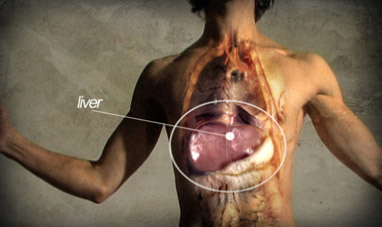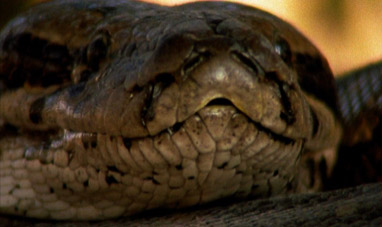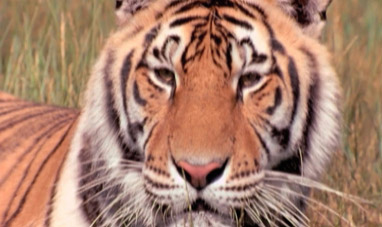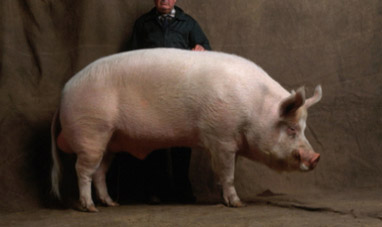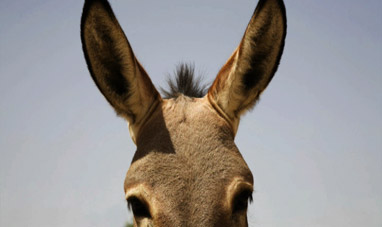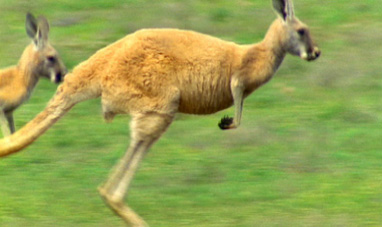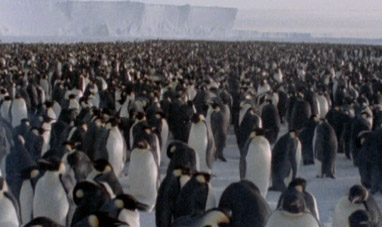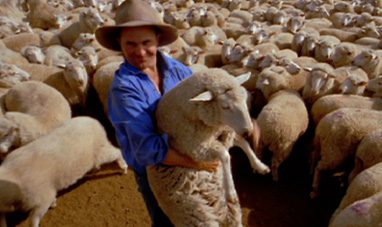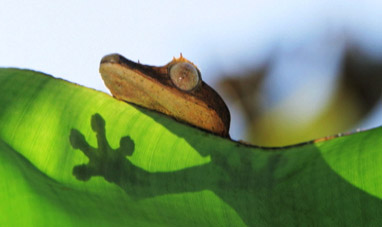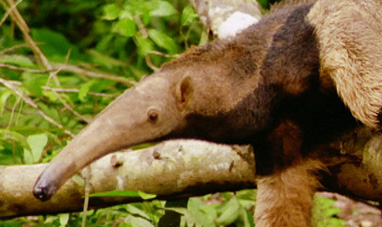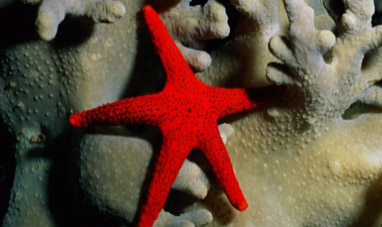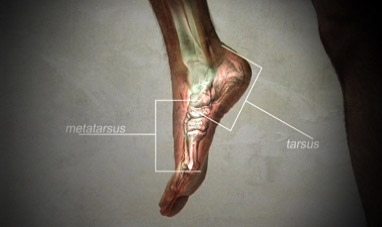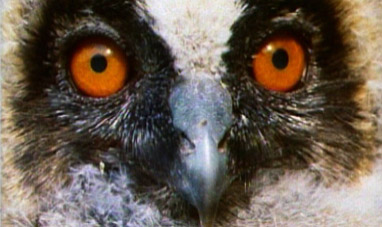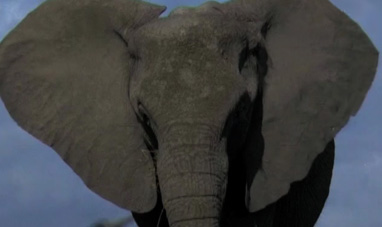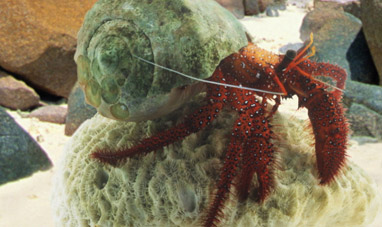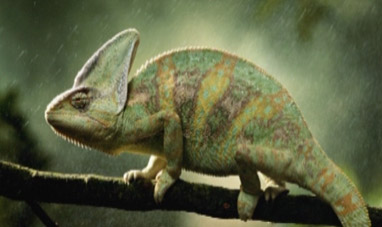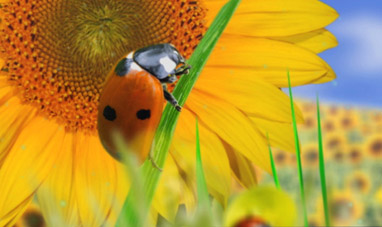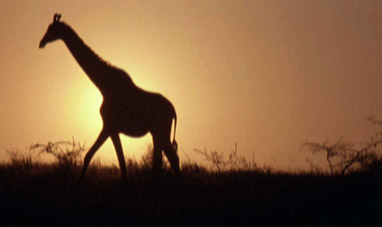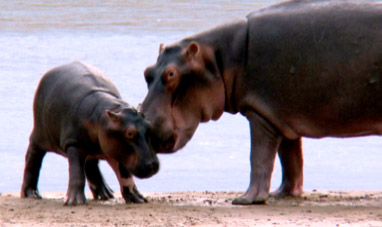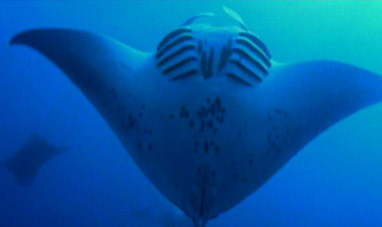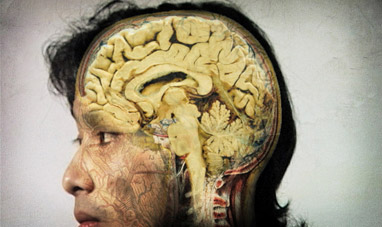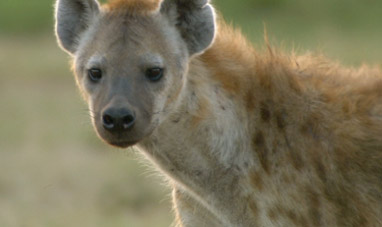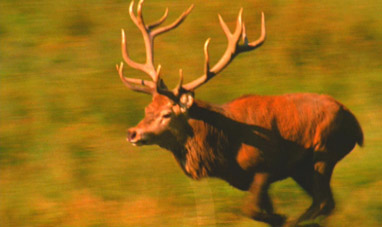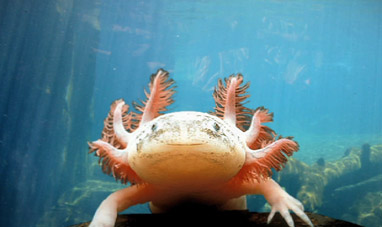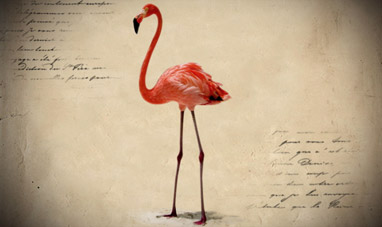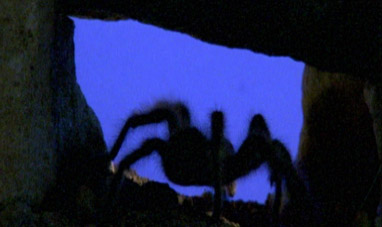The Ostrich [Struthio camelus] is the largest bird in the world. It can measure up to two meters and a half in height, and weigh up to 150 kilos. It has two large wings, but cannot fly. This is because it has no pectoral muscles on its sternum. By contrast, it is an excellent runner: thanks to its long and strong legs, it can reach a speed of up to 70 km/h. When running, one ostrich stride can cover five to six meters, and the bird can change direction swiftly to escape enemies. Ostriches are originally from Africa. Their ideal habitat is the savanna. On the other hand, they dislike prairies where vegetation is too dense to run. They live in groups of 5-50 birds, led by a dominant pair: the strongest male and his mate. Males have a black plumage with white patches on the tail and wings. Females are grey-brown and also have white patches on the tail and wings. They have a long, bare neck, and a small, flat head. Their eyes are protected by wide eyelids with long lashes. Their eyesight is very good: they can spot other animals at a distance of three kilometers. Ostriches are omnivorous. They mostly feed on leaves, shrubs, seeds and fruits. Alternatively, they may also eat insects and small vertebrates. They do not have teeth to chew with.
Therefore, when they eat they also swallow stones and gravel, which aid digestion inside their stomach by breaking up the food. These are then expelled with their feces. Ostriches reach sexual maturity at the age of four. Their mating season is from March to October. Male ostriches court females by making shrill sounds, rocking their bodies and bloating their throats. After mating, the female lays 1 egg every 2 days, laying a total of 60-90 eggs per season. Ostrich eggs may weigh up to 1.5 kilos, and have a diameter of 10-15 cm. They are the largest eggs found in nature. Incubation of all the group’s eggs is the responsibility of the dominant pair. The male sits on the eggs during the night, and the female during the day. The eggs hatch after 40 days. The young ostriches are already able to run, but will be cared for by their mother until they are nine months old. Ever since ancient times, man has believed that ostriches hide their head under ground when they are scared. In truth, they lower their head and raise the back part of their body to disguise themselves as large bushes. In ancient Egypt ostrich feathers symbolized justice, as they are all the same length. This is why the goddess of justice Maat, is depicted with ostrich feathers on her head. Today ostriches are grown in many countries both for their meat, which is tasty, rich in proteins and low in fat, and for their skin, which is used in high-quality leather products.
Therefore, when they eat they also swallow stones and gravel, which aid digestion inside their stomach by breaking up the food. These are then expelled with their feces. Ostriches reach sexual maturity at the age of four. Their mating season is from March to October. Male ostriches court females by making shrill sounds, rocking their bodies and bloating their throats. After mating, the female lays 1 egg every 2 days, laying a total of 60-90 eggs per season. Ostrich eggs may weigh up to 1.5 kilos, and have a diameter of 10-15 cm. They are the largest eggs found in nature. Incubation of all the group’s eggs is the responsibility of the dominant pair. The male sits on the eggs during the night, and the female during the day. The eggs hatch after 40 days. The young ostriches are already able to run, but will be cared for by their mother until they are nine months old. Ever since ancient times, man has believed that ostriches hide their head under ground when they are scared. In truth, they lower their head and raise the back part of their body to disguise themselves as large bushes. In ancient Egypt ostrich feathers symbolized justice, as they are all the same length. This is why the goddess of justice Maat, is depicted with ostrich feathers on her head. Today ostriches are grown in many countries both for their meat, which is tasty, rich in proteins and low in fat, and for their skin, which is used in high-quality leather products.





